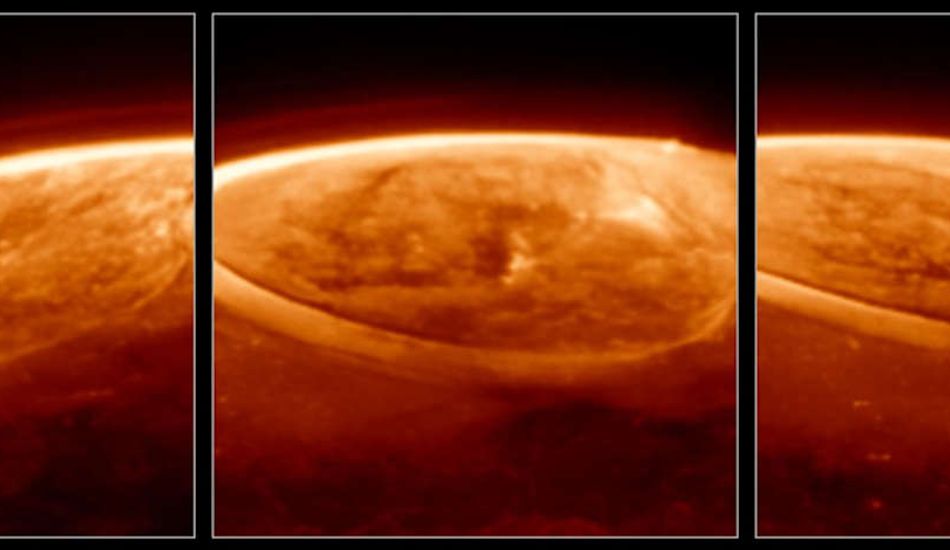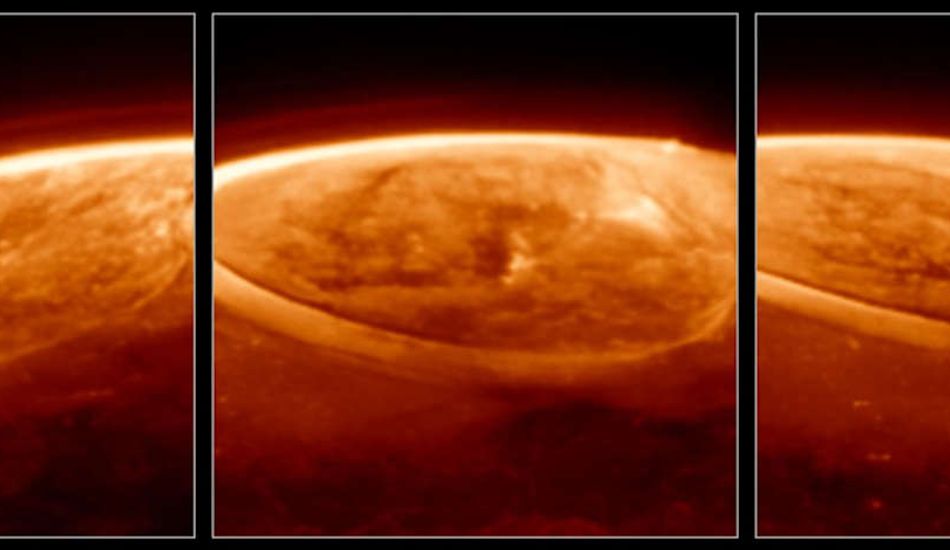
Jupiter's Auroras: Webb Telescope Reveals New Details
The James Webb Space Telescope (JWST) has provided unprecedented views of Jupiter's auroras, revealing details previously unseen by its predecessor, the Hubble Space Telescope. These auroras, far brighter than Earth's, are created by charged particles colliding with Jupiter's atmosphere.
Beyond Solar Storms
While Earth's auroras are primarily fueled by solar storms, Jupiter's display a more complex origin. The planet's powerful magnetic field captures charged particles from its surroundings, including those ejected from volcanic eruptions on its moon, Io. This contributes to a dynamic and rapidly changing auroral system.
JWST's Superior Capabilities
JWST's Near-Infrared Camera (NIRCam) boasts exceptional sensitivity, capturing details and bright spots imperceptible to Hubble. This allows scientists to observe the auroras' rapid fluctuations, revealing a "fizzing and popping" effect with changes occurring within seconds. Simultaneous observations with Hubble allowed for a direct comparison between ultraviolet and near-infrared images, highlighting JWST's superior ability to capture subtle nuances.
Future Implications
These new observations are invaluable for understanding Jupiter's magnetic field and atmospheric processes. The data gathered promises to shed light on how the planet's atmosphere heats and cools, opening new avenues of research into gas giant dynamics.
1 Image of Jupiter Auroras:


Source: Engadget